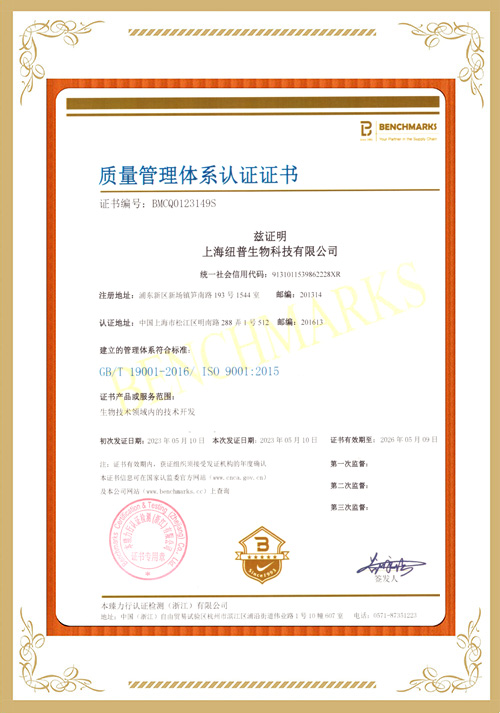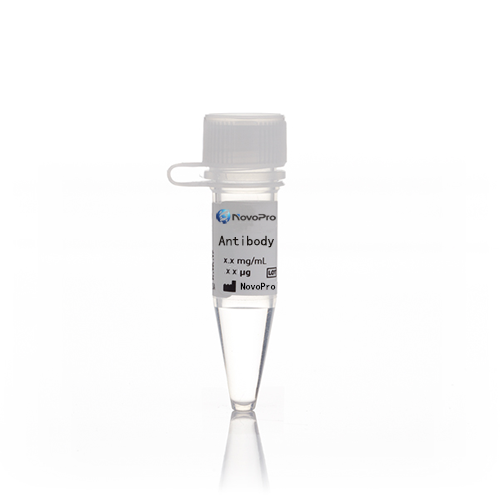- 抗体类型:多克隆
- 抗体来源:兔
- 抗体应用:ELISA, WB, IHC, IP
- 特异性:Human,Mouse,Rat; other species not tested.
产品详情
-
产品名称
USP1 antibody
-
抗体类型
多克隆
-
抗体来源
兔
-
抗体亚型
兔IgG
-
抗体描述
USP1 Rabbit Polyclonal antibody. Positive IP detected in HEK-293 cells. Positive WB detected in HEK-293 cells, HeLa cells. Positive IHC detected in human cervical cancer tissue. Observed molecular weight by Western-blot: 110kd, 100kd
-
抗体应用
ELISA, WB, IHC, IP
-
应用推荐
Recommended Dilution:
WB: 1:200-1:2000
IP: 1:200-1:1000
IHC: 1:20-1:200
-
特异性
Human,Mouse,Rat; other species not tested.
-
蛋白别名
Deubiquitinating enzyme 1, hUBP, ubiquitin specific peptidase 1, Ubiquitin thiolesterase 1, UBP, USP1
-
制备方法
This antibody was obtained by immunization of USP1 recombinant protein (Accession Number: NM_001017416). Purification method: Antigen affinity purified.
-
组分
PBS with 0.02% sodium azide and 50% glycerol pH 7.3.
-
储存方法
Store at -20℃. DO NOT ALIQUOT
-
背景介绍
USP1(Ubiquitin carboxyl-terminal hydrolase 1) is a negative regulator of DNA damage repair which specifically deubiquitinates monoubiquitinated FANCD2.It is Also involved in PCNA-mediated translesion synthesis (TLS) by deubiquitinating monoubiquitinated PCNA.This protein, which consists of 785 amino acids with a deduced molecular mass of 88.2 kDa, possesses His and Cys domains that are highly conserved in all members of the ubiquitin-specific processing (UBP) family of proteases(PMID:9806842). The USP1 enzyme can undergo autocleavage, resulting in a 100 kDa N-terminal fragment and a 14 kDa C-terminal fragment(PMID:18082604).
-
参考文献
- Ciccia A, Nimonkar AV, Hu Y. Polyubiquitinated PCNA recruits the ZRANB3 translocase to maintain genomic integrity after replication stress. Molecular cell. 47(3):396-409. 2012.
- Liang Q, Dexheimer TS, Zhang P. A selective USP1-UAF1 inhibitor links deubiquitination to DNA damage responses. Nature chemical biology. 10(4):298-304. 2014.
- Xiao H, Tian Y, Yang Y. USP22 acts as an oncogene by regulating the stability of cyclooxygenase-2 in non-small cell lung cancer. Biochemical and biophysical research communications. 460(3):703-8. 2015.


